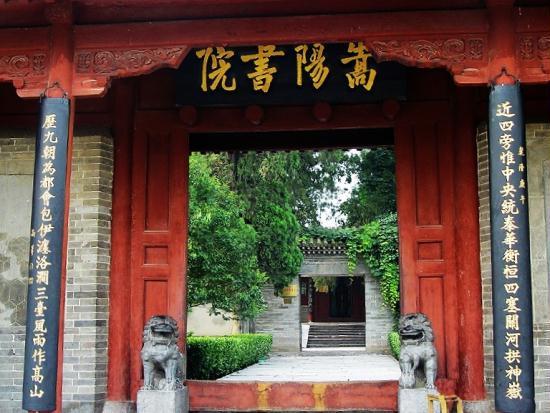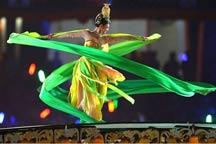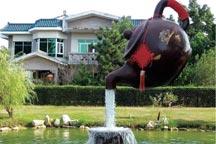Zhongyue Temple
 |
|
Zhongyue Temple |
The Zhongyue Temple, listed by the State Council as a key national temple of Taoism, is located on Songshan Mountains in Dengfeng County, Henan Province.
The Zhongyue Temple is situated at the foot of Huanggai Peak, which is at the southern side of Taishi Mountain of Songshan Mountains. It was first established in the 3rd century BC. After Empress Wu Zetian came here for worship in 688, the Zhongyue Temple began to flourish. The temple had been repaired many times and had 900 rooms of various buildings by 1013, but subsequently declined to a certain extent.
Now, there are over 400 rooms, covering an area of 100,000 square metres. It is the extant ancient Taoist architectural complex that is the most complete and has the largest scale. The main buildings include the Zhonghua Gate and the Tianzhong Pavilion, etc., spanning 6,500 meters from south to north. There are many precious cultural relics in the temple. Especially, its numerous inscriptions on tablets are now the important materials for calligraphic research. The principal building is the Main Hall, which displays very delicate craftsmanship and is the most grandiose building in the Zhongyue Temple. At present, the Zhongyue Temple can receive 1.5 million person-times of tourists and disciples every year.

Songyang Academy
 |
|
Songyang Academy |
Songyang Academy is located at the south foot of the Songshan Mountain, 3 kilometers north of Dengfeng County seat. Embraced by hills to the east and west, Songyang Academy enjoys a beautiful view with two brisk clear springs joining in front of it into a river and fertile fields extending far away to the south. Standing at the academy gate, visitors can see all the peaks of the Songshan Mountain and overlook the Dengfeng County seat. Being an ideal place for study, it is laurelled as one of the Four Academies of the Song Dynasty (960 – 1729 A.D.), together with the Suiyang Academy in Suizhou (also named “Yingtian Academy”), the Yuelu Adacemy in the Hunan Province and the Bailudong Adademy in Jiangxi Province.
In history, Songyang Academy was jointly dominated by Buddhism and Daoism at first, later by the Confucianism exclusively. During the ages from the Later Zhou Dynasty (951 – 959 A.D.) of the Five Dynasties Period (907 – 959 A.D.) to the Song Dynasty (960 – 1279 A.D.), Chenghao and Cheng Xi, two great masters of the Luo School of the Confucianism, spread their theories here with hundreds of students. First built in 484 A.D., it had been remedied and extended for several times in different dynasties, later developed into an academy of a large scale with an air of simplicity and elegance.
General Cypresses of the Western Han Dynasty and the Great Tang Stele of the Tang Dynasty are the feature cultural relics of the Songyang Academy. Legend has it that more than 2,000 years ago, when Liu Che, namely Emperor Hanwudi of the Han Dynasty came to visit the Songyang Academy, he was much impressed at the grand flourishing cypress standing in front of him on his stepping into the courtyard. Looking up for a while, he granted a title of “the Greatest General” to it without much thought, out of appreciation. Stepping further into the second court, however, another cypress even more majestic appeared. Regretful as he was, he could only name this cypress “the Greatest General No.2”, for every word spilt out by Chinese Emperors, those sovereign rulers of China, would never be taken back.




















